Hiking fashion, or how I learned to love the outdoors.
The year is 2019. Commuters wear Salomon trail shoes on their daily SF BART trip, designers like Vetements and OFF-WHITE release hiking and camping-inspired footwear, and Frank Ocean shows up to Paris Fashion Week (AW19) in a camo Arc'teryx beanie and orange shell. What gives?
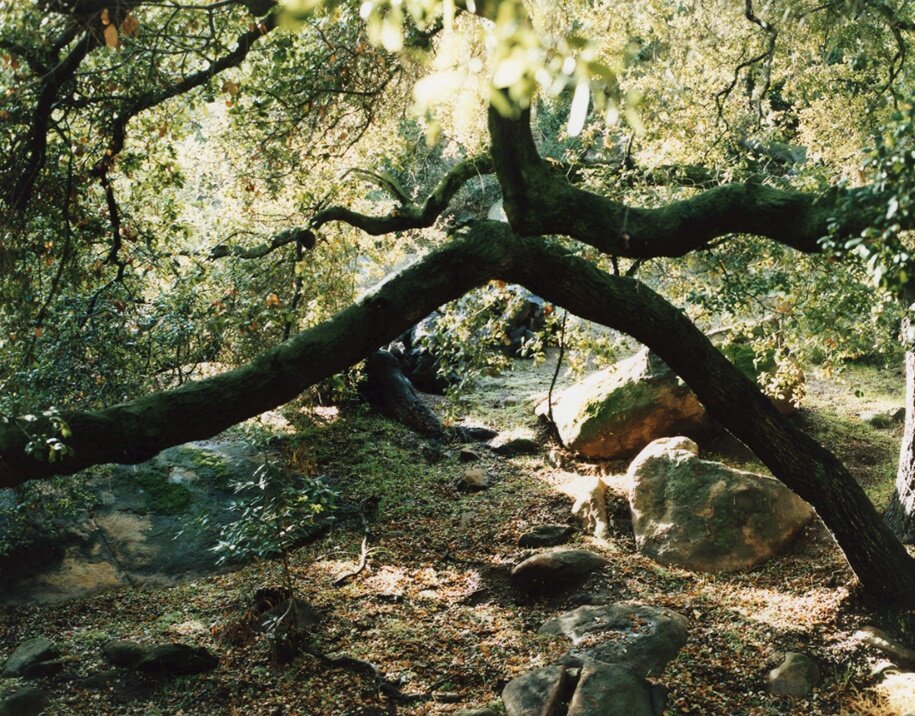

It is only recently that rugged, outdoors wear and hiking has marked a resurgence —otherwise known as gorpcore. Perhaps it has to do with how clothes provide a glimpse into someone’s life. “When people ask me what I do I tell them I’m a seamstress and that my materials are people,” says seamstress Val Franco of the Patagonia Archive, a 10,000-square-foot facility that houses seven decades of garments. Franco continues, “I’m a connector of people and things. I know I won’t be able to finish anything I’m doing right now because I’ll be retired, but hopefully we’ll have enough in place that the next generation can take it up and keep it alive.” Often times, I’d talk to a stranger after spotting their worn-in vintage Levi’s denim and hear an anecdote about doing something outdoorsy like going fishing with their friends by the lake or hiking up El Capitan at Yosemite twenty years back. Is it a projection of the life we want to live?

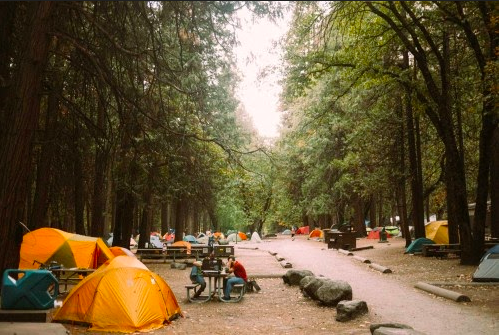
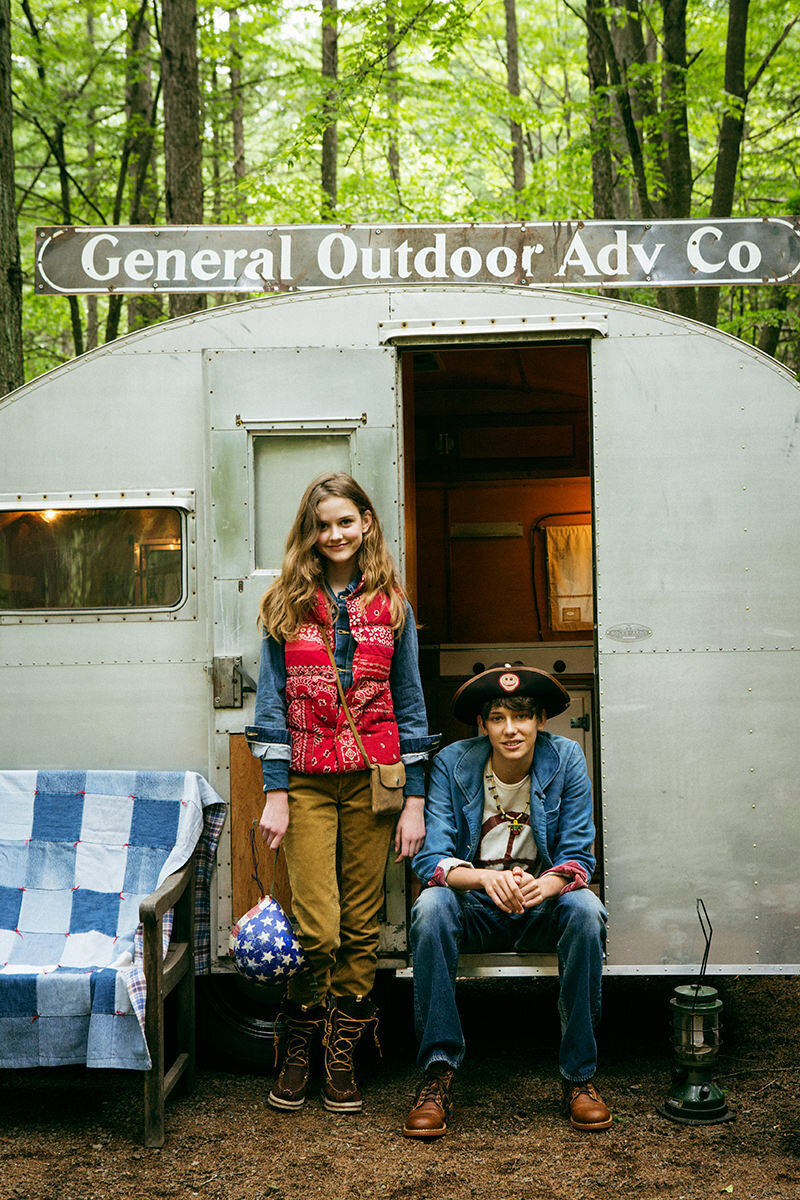
''Just like rock-and-roll was about a lot more than the music, the environmental movement was about a whole lot more than Sierra Club cups,” says Terry McDonnell, Outside’s first managing editor, according to a New York Times insight into Outside in Fall 1997.
This is the “aesthetic” that has always been curated since the late 1900s, through performance wear brands like Patagonia and The North Face. You know, the aesthetic that involves you carrying 50 pounds of gear on your back and wearing trail shoes, or fishing in Donner Lake with a worn-in game vest, or taking a light hike in any of Santa Cruz’s plentiful nature spots with a fleece. You have a copy of the Sierra Club Bulletin and Appalachia with you, as well as Henry David Thoreau’s Walden.


Hiking was first considered as some sort of feat; enthusiasts felt that had to conquer something by ascending to the top of the mountain. Therefore, copious amounts of performance gear were always required to ensure this journey. Hikers often wore enormous backpacks with harnesses, ropes, and other pieces of hardware on top of their shell jackets and pants. These acts of accomplishments have altogether contributed to the more worn-down look that we see in vintage and hiking apparel alike today. However, these amount of gear required in hiking trips decreased over time; early hiking clubs like the Appalachian Mountain Club transitioned towards more leisurely hikes in order to promote for greater audience turnout during the 1900s. Although this less need for gear led to more popularity in hiking throughout history, it never exactly attracted the “fashion” market until today, especially streetwear.
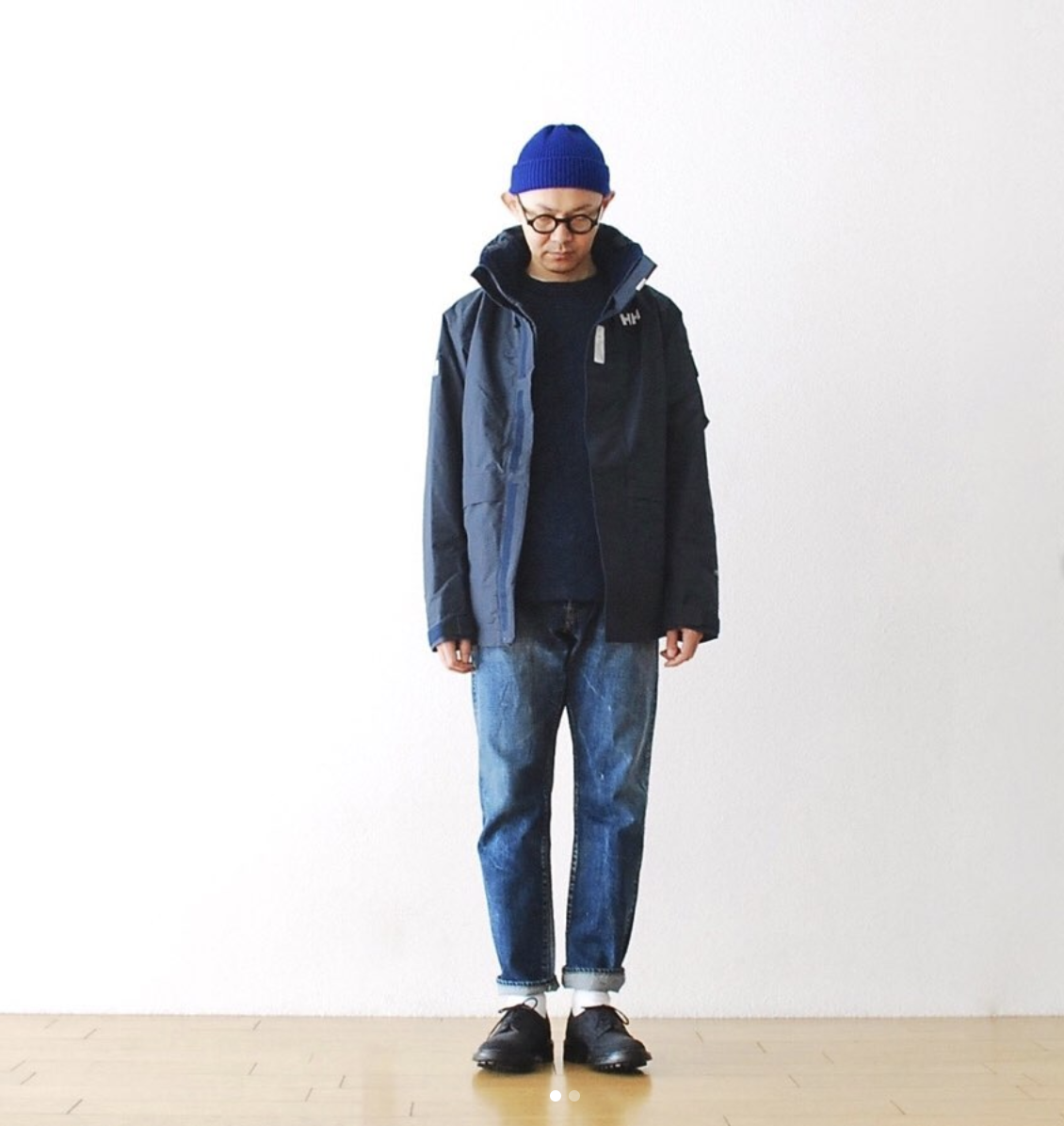

A publication named GO OUT documents the backpacking culture in the more eastern parts of the world, particularly Japan. The Japanese define hiking in a more broad term, not limited to strictly nature and mountains of high escalation. According to Die Workwear!, an online menswear blog, a personal account describes their hikes of “taking the train a few stops outside of [the] city, then going for a walk on an existing path through a bit of nature.” The clothes thus reflect on this alternative perspective on hiking, sporting a more functional-yet-casual means of apparel, especially from the likes of and Wander, The North Face Purple Label, Snow Peak, and nonnative.



Due to this increased emphasis on leisure and the Japanese’s reimagination of American hiking, Western culture today has only caught on with this yearning for a more nature-involved lifestyle. It is only these past few years that this lifestyle has trickled into celebrities like Kanye West and Frank Ocean today and modern designers like Nicole McLaughlin.
This resurgence in hiking and retro fashion especially has to do with the lifestyle and activities that come with the outdoors, I think. There are a solid number of people—me included—who dwell in city life for a large portion of their lives, whether they enjoy it or not. It isn’t out of reach to say that this may have distorted our view of nature and developed a romanticized perspective of being in isolation and one with the green. It counteracts against our daily routine of going to class or work.

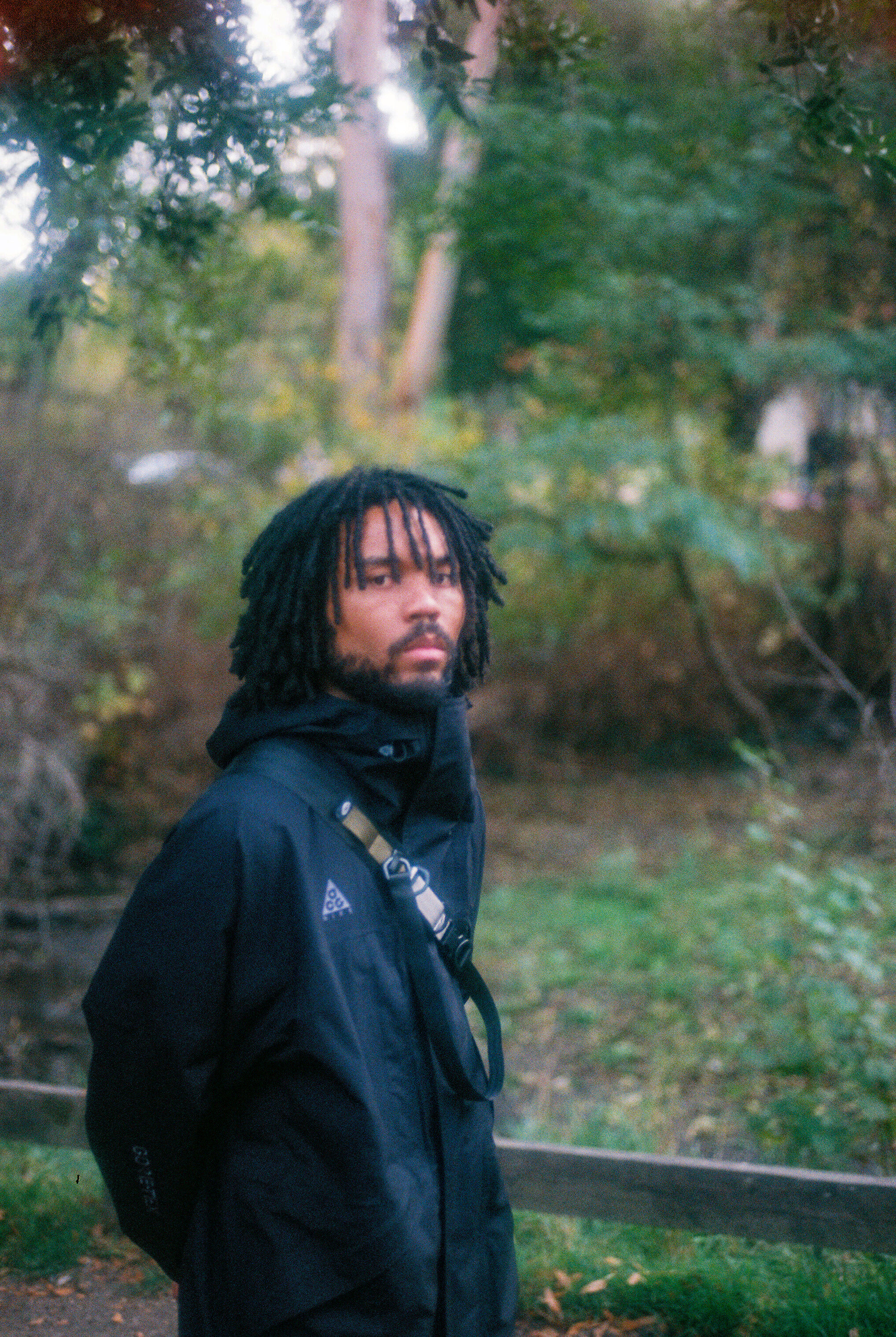

It is also interesting to see the sudden increase in this trend’s popularity and how this is actually beneficial to our planet. With current events pertaining to climate change activism (see Greta Thunberg and the Extinction Rebellion), major efforts are being made to lead a more sustainable lifestyle, especially in fashion. When it comes to justifying more higher quality articles of clothing, the “boots argument” is often invoked. That is, it is more economically and environmentally sound to purchase one pair of good boots rather than purchase potentially 2 or 3 bad pairs that would eventually become waste. It is perfectly understandable that not all people have the privilege of acquiring more higher quality goods—and maybe this also extends to those who do have the privilege—but the world has enough clothes already; thrift shops and consignment stores across the world all carry hidden gems for prices ranging from low to high, whether or not they carry this growing hiking aesthetic. Sure one person electing for a second-hand or high quality garment versus something unethically made from the likes of H&M and Zara isn’t a catch-all for eliminating ecological waste, but it’s a good effort.
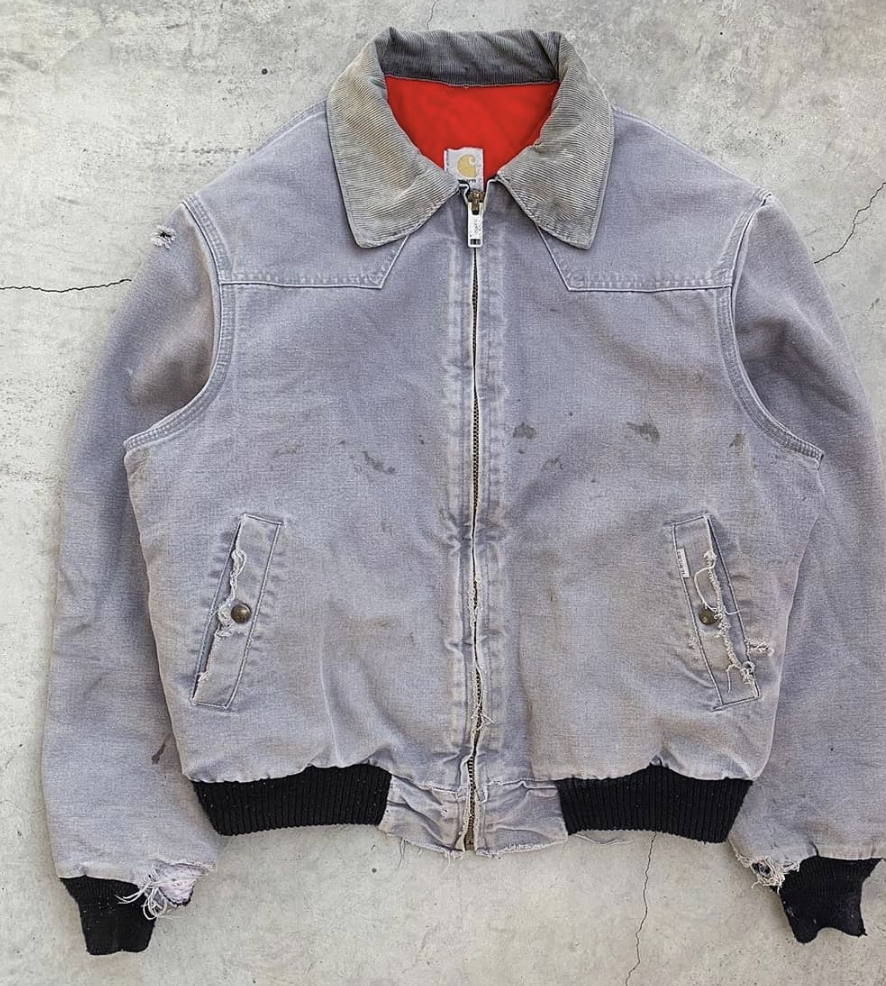
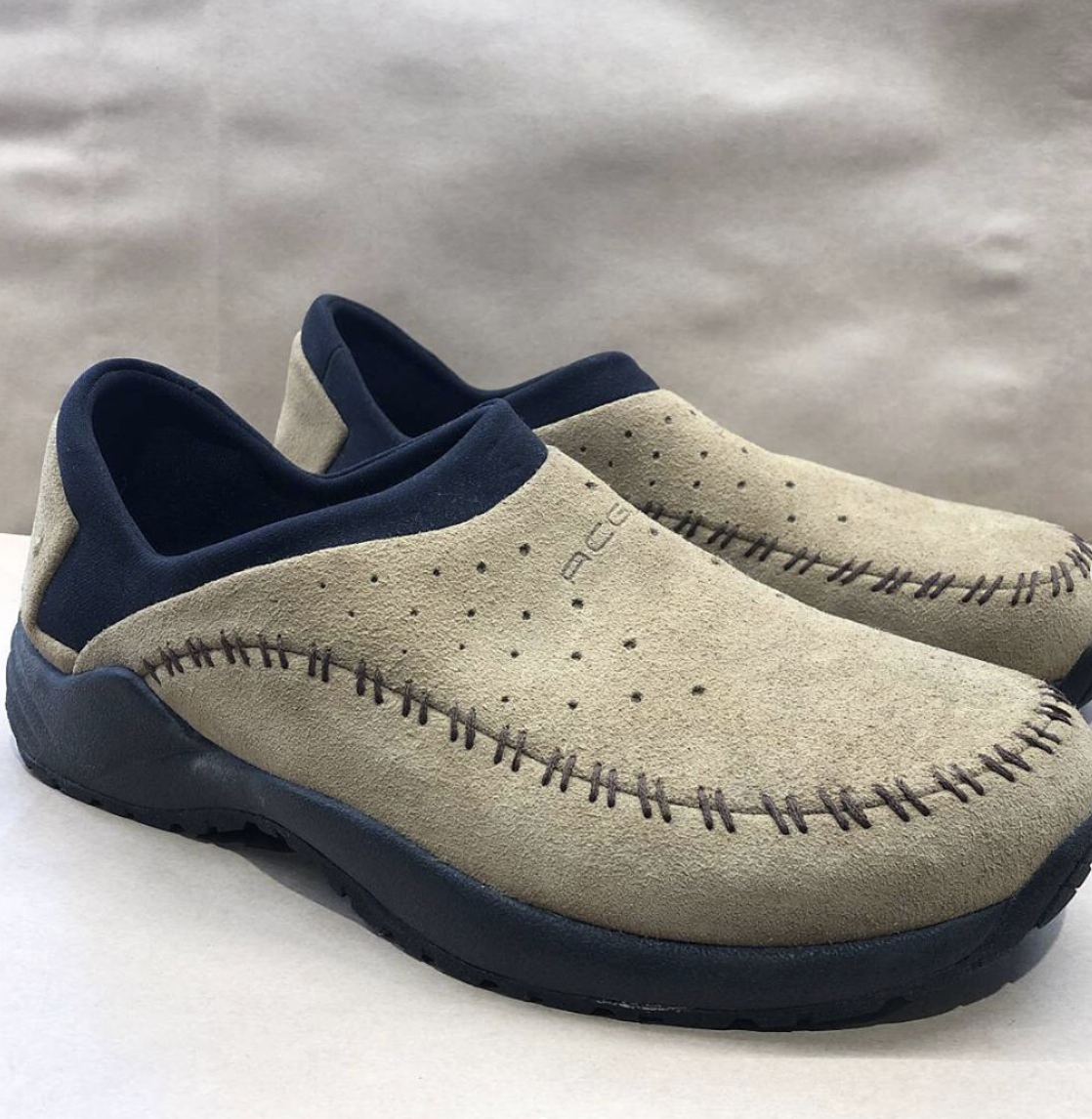

Online collectives have also promoted for a more sustainable lifestyle through fashion. For example, an Instagram account named Future Dust (@future__dust) highlights eco-friendly fashion companies and introspectives on certain happenings (more notably this recent Black Friday), providing inspiration and highlighting certain second-hand pieces. @organiclab.zip and @unownedspaces are examples of online compendiums that feature archived photos of outdoor life and mostly second-hand apparel. It is thus possible that this resurgence in hiking and retro fashion is also a means for the average consumer to adopt a more sustainable (and possibly romanticized) lifestyle and be a growing part of the climate change movement.
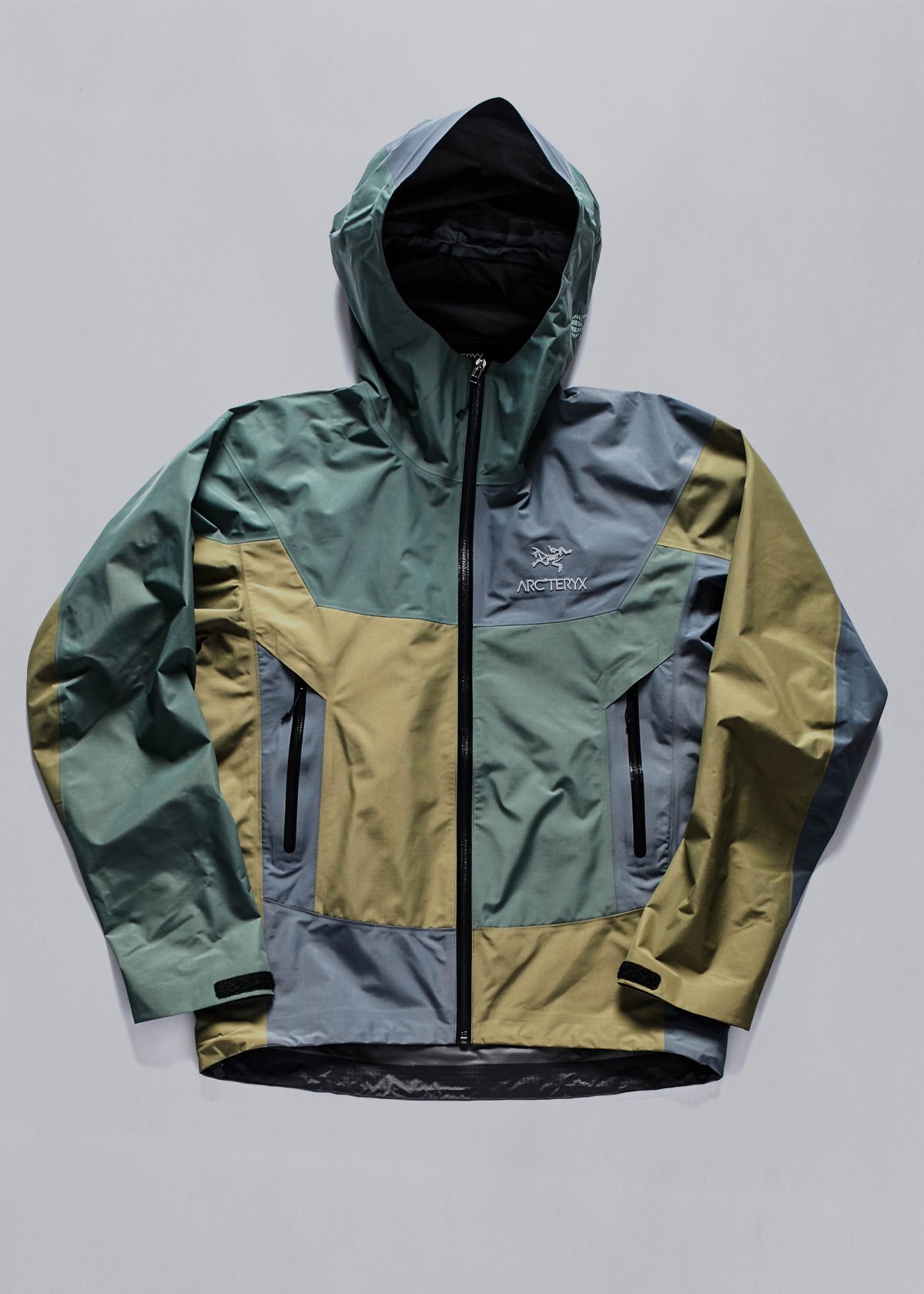
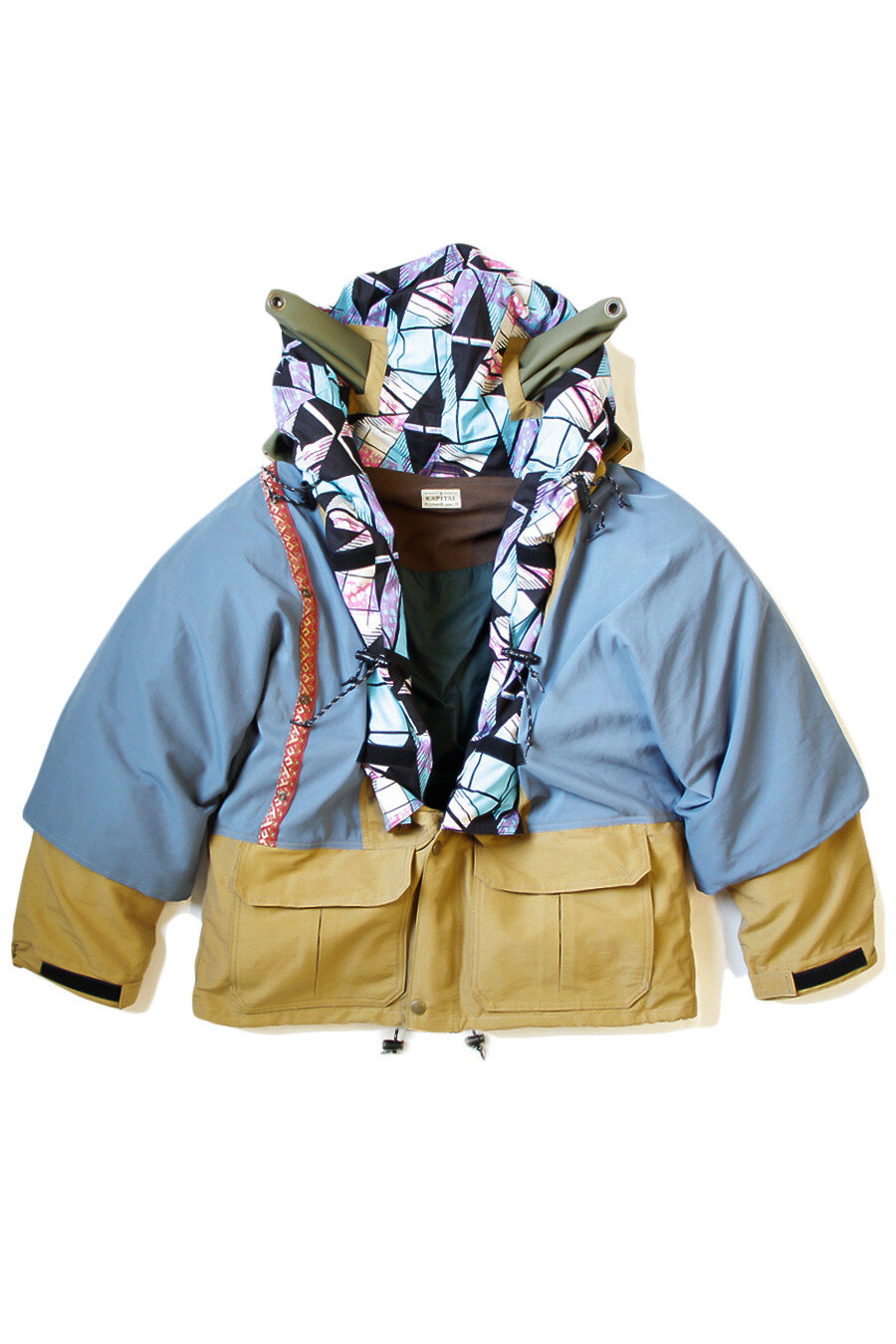
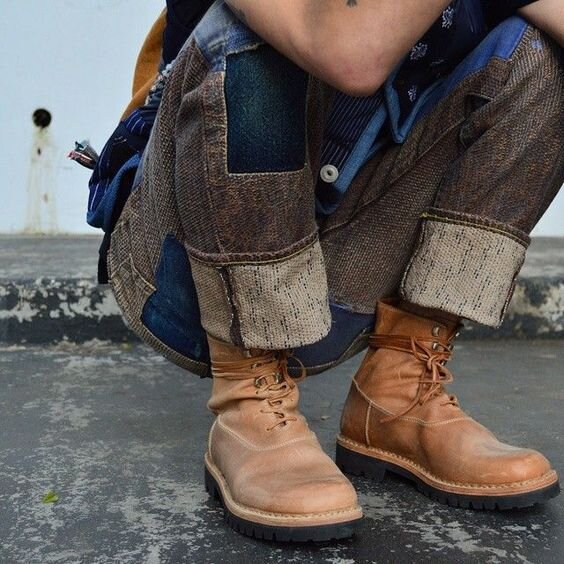
It’s not everyday that we students at Berkeley can go on an outdoor excursion, though. Maybe we have a 6-page paper due in the middle of the week. Maybe we have an intense project due over the weekend, or an impending exam to endlessly study for. We don’t have enough opportunities to go into the woods. But is it enough to just dream a little bit, to imagine a time that we can explore and hike? Is sporting a cream fleece jacket and a pair of hiking shoes to class in Evans Hall enough? Is wearing a colorful Gore-Tex shell and pair of vintage indigo denim to Cafenated and Asha enough? Maybe so.
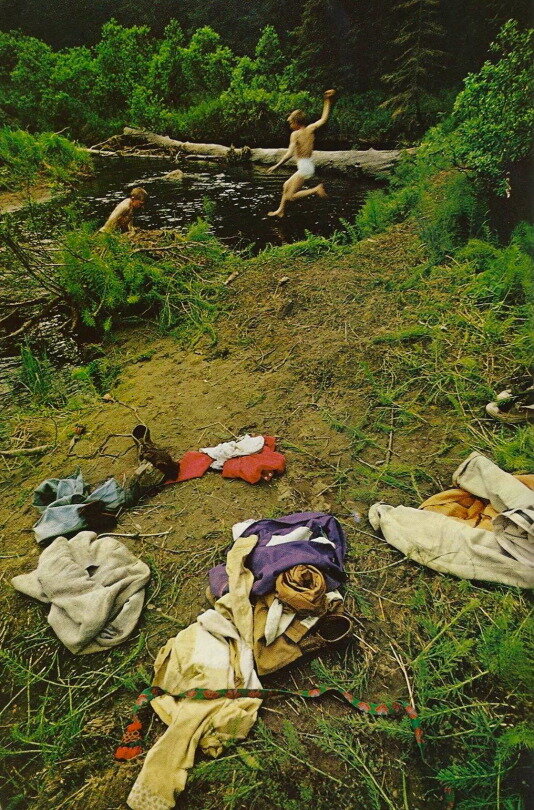
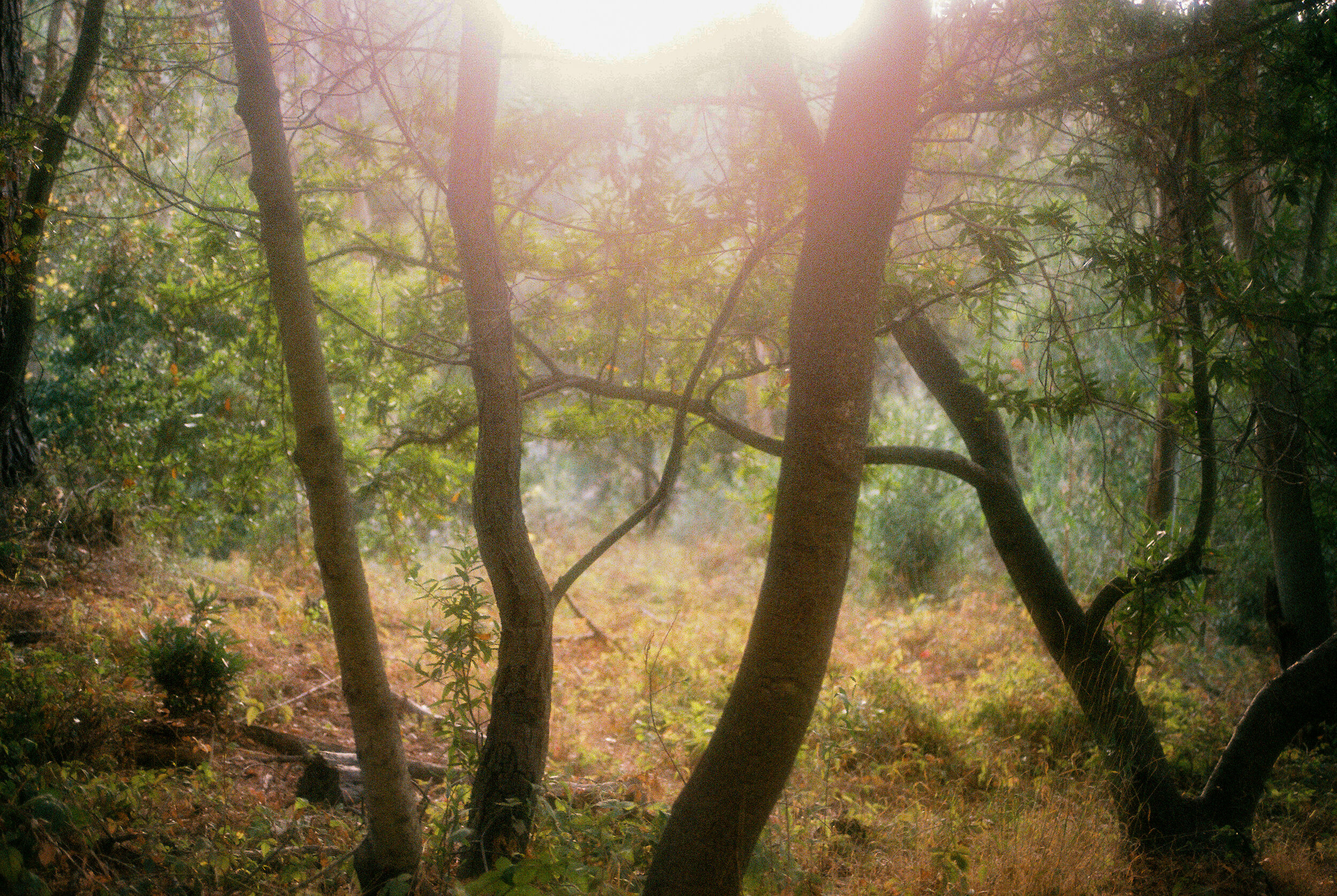


Words and Photography by Alan Nguyen
